How to Sell Physical Products Online (3 Important Things You Need!)

[ad_1]
Written by Sarah Harris
Small businesses make up a huge portion of the economy in the United States, coming in at around 44%. But did you know that only a small percentage of these individually or family-owned companies are making any profit through online sales?
One of the primary reasons that small businesses don’t make as much from their Internet sales as they do from their physical presence is that many small businesses sell services, rather than physical products.
If you’re a seller looking to grow your revenue, one of the best ways is learning how to sell physical products online (in addition to any digital products or services you may offer).
What Are Physical Products?
Physical products are exactly what they sound like: Tangible items that brands produce themselves or using a third-party source.
In the context of online shopping, these physical goods are dispatched to the buyer using safe, secure shipping methods that prevent the item from becoming damaged and ensure they arrive in a timely manner.
Physical Products vs. Digital Products
Companies that sell physical products vs. digital products are likely to have very different manufacturing and production needs. A brand that’s selling physical products online will often need to rent a warehouse and hire staff in order to store product and get it ready to be shipped, not to mention paying specialized manufacturers to create the goods.
Though a company that’s selling digital goods won’t have to pay for physical storage space or shipping, these brands will often have to put digital piracy protections in place in order to avoid any fraudulent interactions with their online business.
Benefits of Selling Online
The primary benefit to selling physical products online is the ability to reach the ever-expanding online market. Over the past several years, more businesses have gone digital. Now, an increasing number of sellers ONLY offer their products in an online format, without the need for a traditional brick-and-mortar storefront.
When you sell online, you’re able to reach as many potential clients as you can market to, not just the people in your immediate area. The new advertising efforts of influencers on social media sites have further revolutionized the ways that brands connect with their audiences, especially for up-and-coming generations.
3 Things You Need to Sell Physical Products Online
Are you ready for your business to take part in the 15% increase in online retail sales seen since 2018? There are a few key things to keep in mind before you begin to sell your physical products on your digital storefront.
1) An eCommerce Platform
eCommerce platforms are specialized kinds of software that help businesses to efficiently create and maintain an online storefront. There are several different commonly used eCommerce platforms that offer various features for sellers. These include:
Shopify
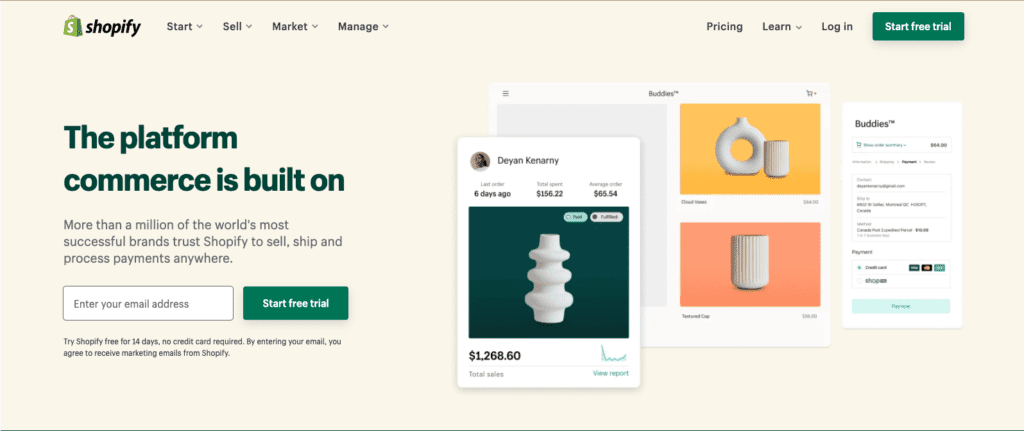
Shopify currently hosts more than 400,000 digital shops and allows unlimited additions to your product list, as well as full customization abilities, plentiful themes and plugins, and mobile-friendly access to support an omnichannel experience for customers. Shopify even allows drop shipping, which reduces costs for sellers.
Etsy
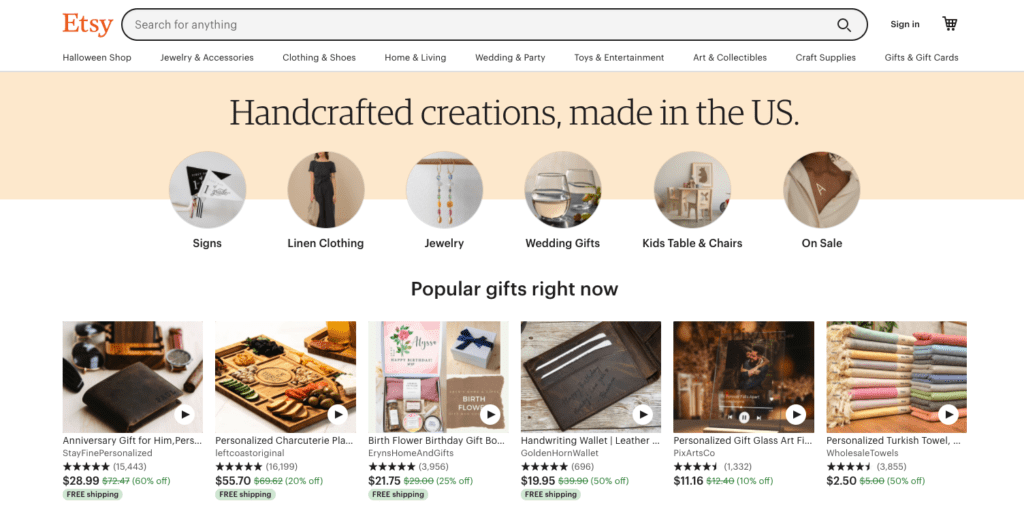
Etsy is particularly useful for artisans and small businesses that create completely unique products, typically in small batches. Etsy supports all kinds of physical goods, encourages close relationships between sellers and customers, and allows sellers to handle their own shipping and fulfillment.
WooCommerce
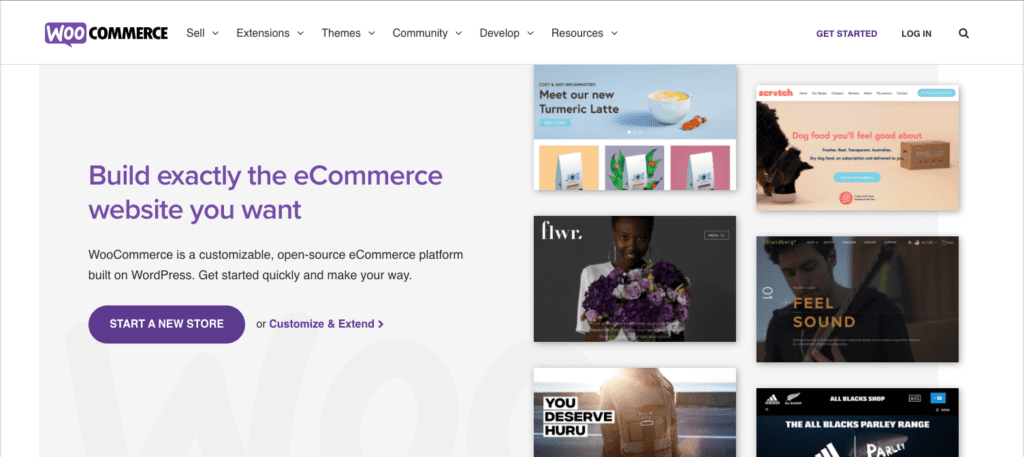
The WooCommerce platform boasts hundreds of features, plugins, and themes for you to customize your online shops. However, WooCommerce uses WordPress’ system for content management, which means sellers on the platform must sign up for WordPress, as well.
Facebook and Instagram Shop
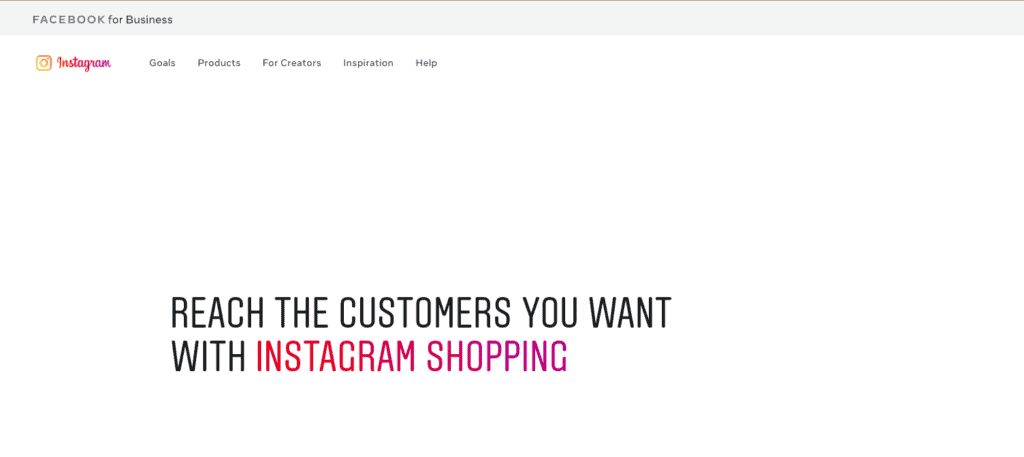
With Facebook and Instagram Shop, social media users can shop from virtual storefronts right on your favorite apps, making the online shopping experience more streamlined than ever before. Maintaining repeat customers is particularly easy using these tools, as you can continue to interact with clientele using your social media pages.
ClickBank
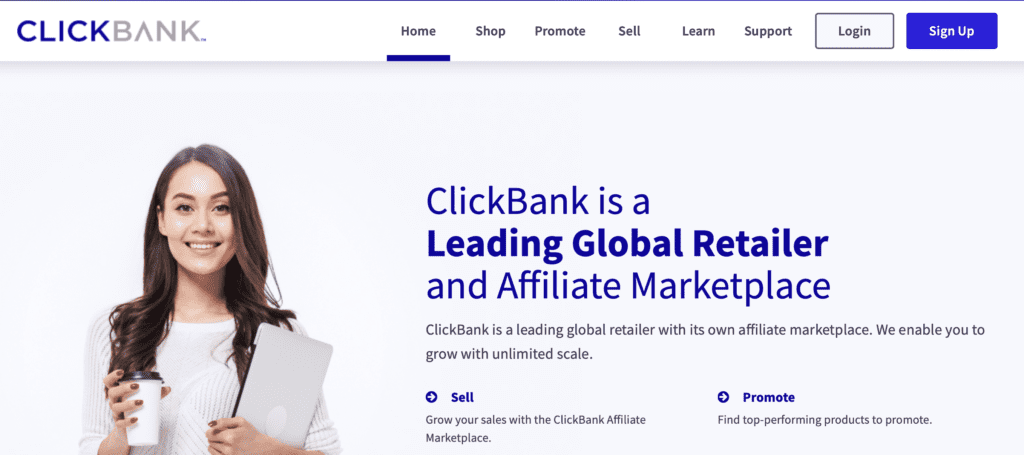
Yes, ClickBank is an eCommerce platform too! As a seller, you can use affiliates on the ClickBank marketplace to get your product in front of buyers from all over the world. While not quite the same as a storefront, ClickBank has features that allow you to reach new customers!
2) Order Management Systems
A properly managed order and inventory management system is crucial for maintaining proper fulfillment and for growing your online business over time. Though many online physical product sellers manage their own inventories, some opt to work with third-party logistics management companies that have specific experience in this field.
3) Payment Integrations and Services
Your online storefront needs to accept various kinds of payments and protect your customers from fraud with a high-quality payment service.
Integrations for Accepting and Sending Payments
Payment integration is the connection between your online store’s software and the customer providing payment. Many sellers choose to use full payment platforms, which bundle numerous types of payment and protect against credit card fraud.
Fraud Management
If fraud does occur in payments to your online store, you’re likely to lose a customer — and some money — in the process. An effective full payment platform will protect you and your customers from online piracy and identity theft.
International Payment Integration
Many online shops aim to extend their clientele globally, which requires additional logistics for inventory management, shipping, and payment. Make sure your payment platform takes sales tax information and local currencies for your international customers into account.
Fulfilling, Shipping, and Handling Returns
The best choice that an online seller of physical products can make is to hire a third-party logistics company (3PL) to manage your product fulfillment, shipping, and returns.
Fulfilling Orders
3PLs can be lifesaving for small businesses that don’t already rent a warehouse, as your 3PL will handle inventory storage, warehouse management, and packaging.
Shipping
Branded packaging and fast shipping are two of the most important aspects of a positive seller-buyer relationship. A 3PL can help you to handle these crucial shipping details and more.
Processing Returns
The way you handle returns is another important facet of your continuing relationship with a customer. 3PLs are designed to make the return process as streamlined and fair as possible for both sellers and customers.
How to Sell Physical Products Online Wrap-up
Still not sure how to start increasing your online revenue with a physical product line? Consider enlisting the services of a 3PL! Learn more by requesting a free quote from Print Bind Ship today.
About the Author
Sarah Harris is a contributor from Print Bind Ship

[ad_2]
Source link
